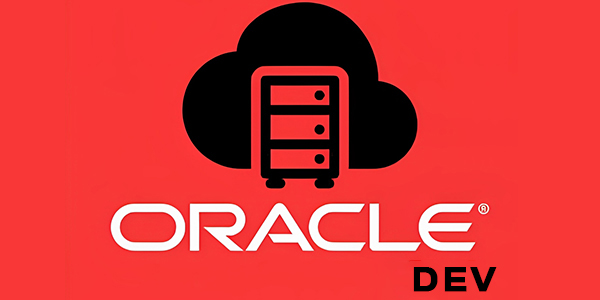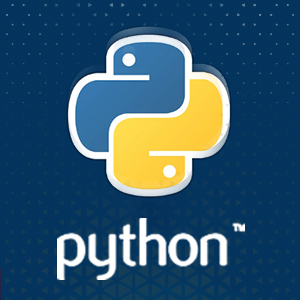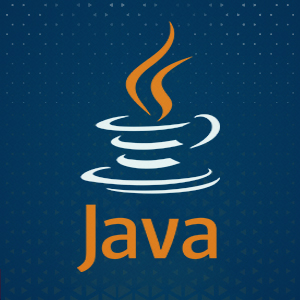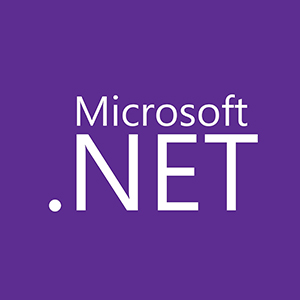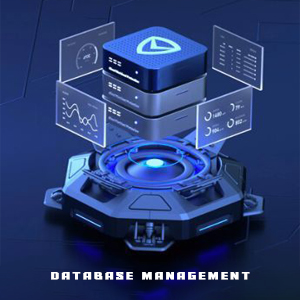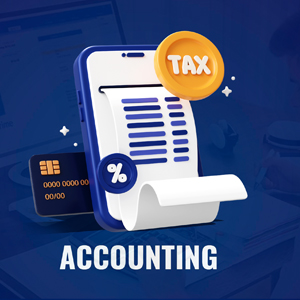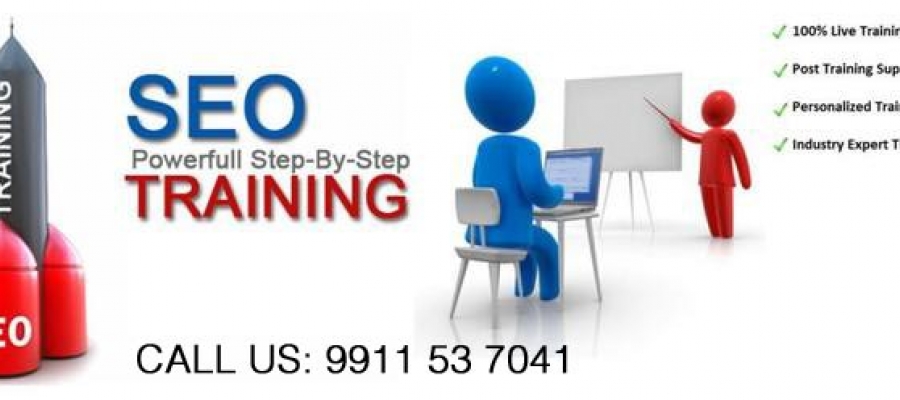Call For Inquiry
SQL Developer offers finish end-to-end advancement of your PL/SQL applications, a worksheet for running inquiries and contents, a DBA reassure for dealing with the database, a reports interface, a total information displaying arrangement, and a movement stage for moving your outsider databases to Oracle.
Using Globalization Support Objectives
- Customize language-dependent behavior for the database and individual sessions
- Specify different linguistic sorts for queries
- Use data time data types
- Query data using case insensitive and accent insensitive searches
- Obtain Globalization support configuration information
Configuring Recovery Manager
- Configure database parameters that affect RMAN operations
- Change RMAN default settings with CONFIGURE
- Manage RMAN's persistent settings
- Start RMAN utility and allocate channels
Recovering from User Errors
- Recover a dropped table using Flashback technology
- Perform Flashback table operation
- Manage the recycle bin
- Recover from user errors using Flashback versions query
- Perform transaction level recovery using Flashback Transaction query
Dealing with Database Corruption
- Define block corruption and list its causes and symptoms
- Detect database corruptions using the following utilities: ANALYZE
DBVERIFY
- Detect database corruptions using the dbms_repair package
- Implement the DB_BLOCK_CHECKING parameter to detect corruptions
- Repair corruptions using RMAN
Automatic Database Management
- Use the Database Advisors to gather information about your database
- Use the SQL Tuning Advisor to improve database performance
- Use automatic undo retention tuning
Using Recovery Manager
- Use the RMAN BACKUP command to create backup sets and image copies
- Enable block change tracking
- Manage the backups and image copies taken with RMAN with the LIST & REPORT commands
Recovering from Non-Critical Losses
- Recover temporary table spaces
- Recover a redo log group member
- Recover index table spaces
- Recover read-only tablespace
- Recreate the password file
Monitoring and Managing Storage
- Tune redo writing and archiving operations
- Issue statements that can be suspended upon encountering space condition errors
- Reduce space-related error conditions by proactively managing tablespace usage
- Reclaim wasted space from tables and indexes using the segment shrink functionality
- Estimate the size of new table and indexes
- Use different storage options to improve the performance of queries
- Rebuild indexes online
Automatic Storage Management
- Set up initialization parameter files for ASM and database instances
- Execute SQL commands with ASM file names
- Start up and shut down ASM instances
- Administer ASM disk groups
- Use RMAN to migrate your database to ASM
Monitoring and Managing Memory
- Implement Automatic Shared Memory Management
- Manually configure SGA parameters for various memory components in the SGA
- Use Automatic PGA Memory Management
Flashback Database
- Recover the control file
- Explain reasons for incomplete recovery
- Perform incomplete recovery using EM
- Perform incomplete recovery using RMAN
- Perform incomplete recovery using SQL
- Perform database recovery following a RESETLOGS operation
Flashback Database
- Determine which flashback technology to use for each recovery situation
- Configure and use Flashback Database
- Monitor the Flashback Database
- Use the Enterprise Manager Recovery Wizard to flashback database
- Manage (or maintain) the Flash Recovery Area
Managing Resources
- Configure the Resource Manager
- Assign users to Resource Manager groups
- Create resource plans within groups
- Specify directives for allocating resources to consumer groups
Automating Tasks with the Scheduler
- Simplify management tasks by using the Scheduler
- Create a job, program, schedule, and window
- Reuse Scheduler components for similar tasks
- View information about job executions and job instances
Oracle Certification Program
The Oracle Certification Program certifies candidates on skills and knowledge related to Oracle products and technologies.
Credentials are granted based on a combination of passing exams, training and performance-based assignments, depending on the level of certification. Oracle certifications are tangible benchmarks of experience and expertise that help you stand out in a crowd among employers.[according to whom?]
There are 6 levels of Oracle Certification credentials: Oracle Certified Junior Associate (OCJA), Oracle Certified Associate (OCA), Oracle Certified Professional (OCP), Oracle Certified Master (OCM), Oracle Certified Expert (OCE) and Oracle Certified Specialist (OCS). These credentials are spread across 9 technology pillars and further broken down into product family and product groupings. Certifications are also defined by job role on the Oracle Certification website.
Explore Our Top Categories
The Ultimate IT Training: From Basics to Breakthroughs Join Our free WebinarTableau Certification
Are you ready to future-proof your IT career and stay ahead in the fast-evolving tech landscape? Join our exclusive webinar, Transform Your IT Career!
29 March, 2025 - 11- AM
Free Webinar
Register Now
Latest Blog Updates



Transform Your Career with Insta InfoTech - Premier IT Training Institute
Join Insta InfoTech for cutting-edge IT training programs designed to boost your skills and career prospects. Offering expert-led Courses in Software Development, Data Science, Cybersecurity, and more.
00+
Trained Students
00+
Years of Experience
00+
Countries Represented
00x7
Support


What We Offer
At Insta Infotech, we specialize in a wide array of courses across domains like:
Send Us Email




